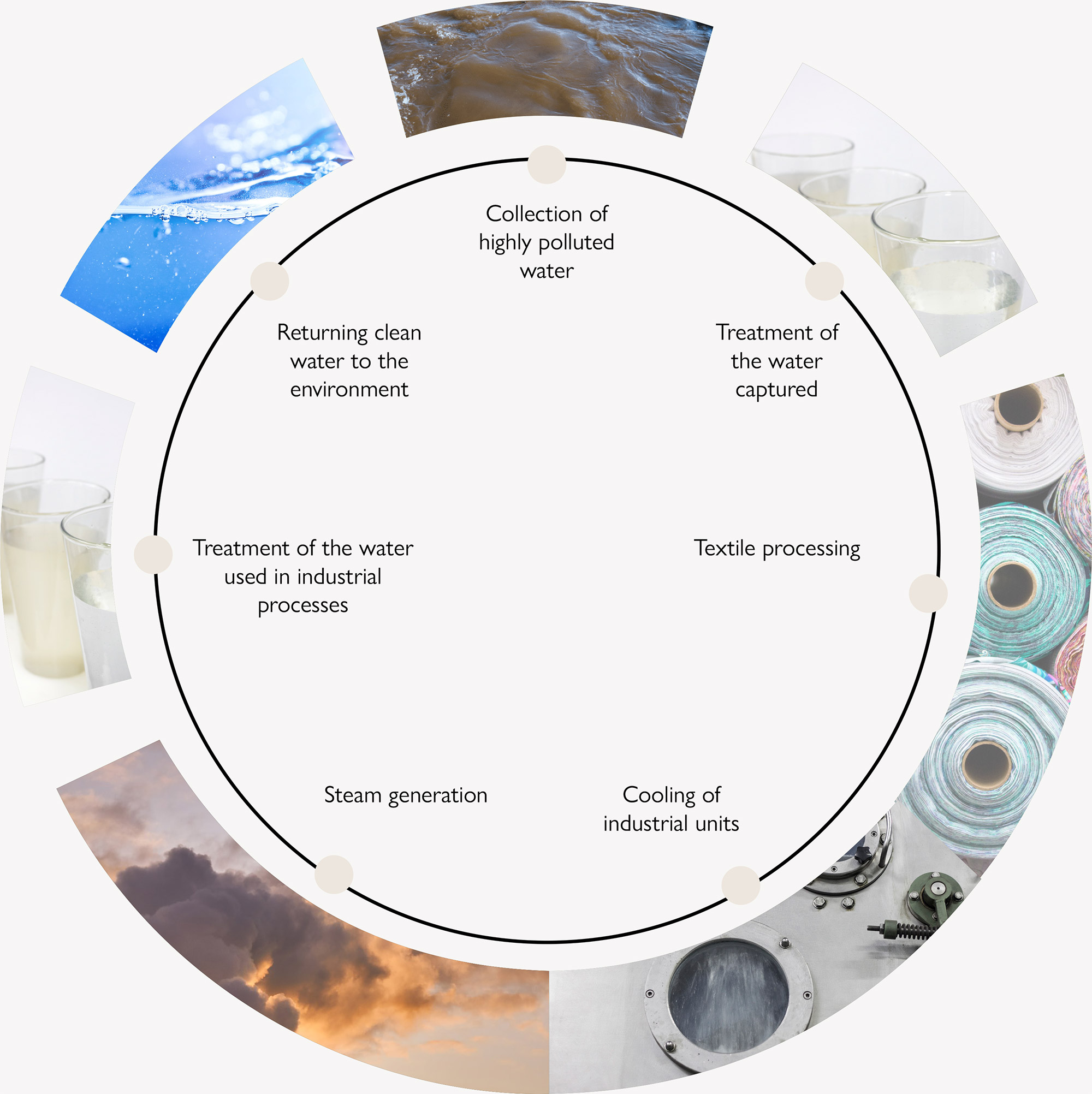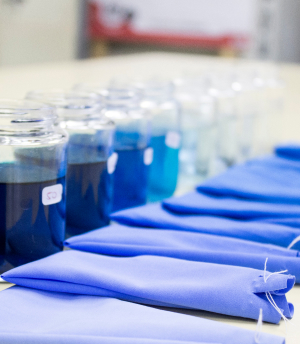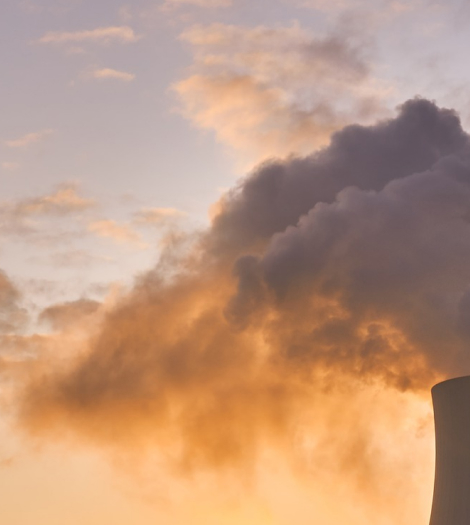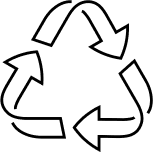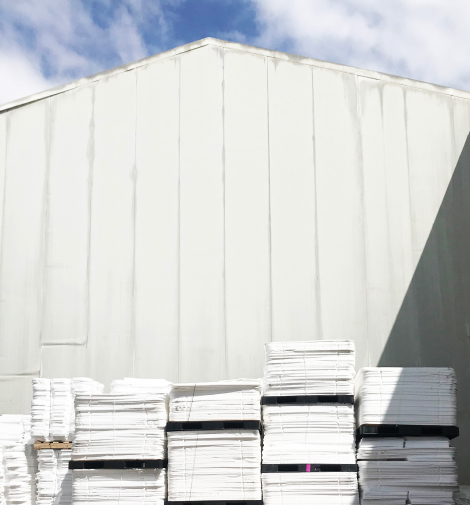Sustainability actions emerge at Rosset Group in 1985, following implementation of the new textile processing project, which included a pioneering water collection and treatment process.
The bases for the sustainability process appear in 1972, at the United Nations Conference on the Human Environment – also known as the Stockholm Conference.
SUSTAINABILITY
The ability to create means to fulfill the basic needs of the present without affecting the future generations, being usually related to what is necessary for the conservation of life.











